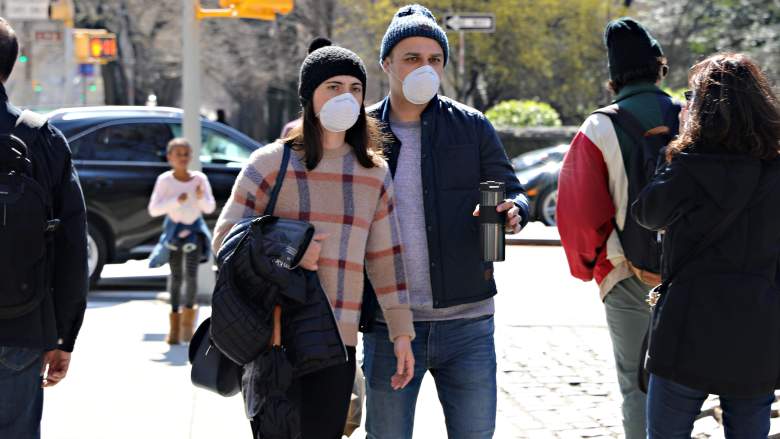
Getty New York City
If you’re applying for a loan via the Paycheck Protection Program (PPP), read on for more details about who is eligible to participate in this program. If you’re not eligible, you can still try the SBA’s disaster assistance loan program.
Businesses Must Have Fewer than 500 Employees or Meet the ‘Size Standard’ Requirement for Their Industry
To qualify as a “small business” for the purpose of the Paycheck Protection Program, a business must have fewer than 500 employees, whether small businesses, sole proprietors, LLCs, S or C corporations, self-employed or contractors. Restaurants and those in the hospitality business with more than one location might be able to qualify for specific store loans if a store has fewer than 500 employees, the SBA notes.
In addition, a business with more than 500 employees might still qualify if it meets the SBA’s size standards for that particular industry. You can see the size standards on the SBA’s website here. The SBA notes: “A size standard, which is usually stated in number of employees or average annual receipts, represents the largest size that a business (including its subsidiaries and affiliates) may be to remain classified as a small business for SBA and federal contracting programs. The definition of small varies by industry.”
Use the Size Standards Tool here to see if your business qualifies. You’ll need to search for your NAICS code and then enter your three-year average for annual receipts/revenue (generally total receipts/revenue plus cost of goods sold over three years).
Here’s exactly what the SBA says about who is eligible:
This program is for any small business with less than 500 employees (including sole proprietorships, independent contractors and self-employed persons), private non-profit organization or 501(c)(19) veterans organizations affected by coronavirus/COVID-19.
Businesses in certain industries may have more than 500 employees if they meet the SBA’s size standards for those industries.
Small businesses in the hospitality and food industry with more than one location could also be eligible at the store and location level if the store employs less than 500 workers. This means each store location could be eligible.”
If you’re a small business or a sole proprietor, you may be eligible and you can apply starting on Friday, April 3, Inc. reported. If you’re an independent contractor or otherwise self-employed, you can start applying on April 10.
The loan will begin as a two-year, .5% interest loan, at least part of which will convert into a grant.
According to Smart Asset, loans can be for up to $10 million, for two times the cost of payroll plus 25%.
New Businesses Qualify Too
You’ll need to know your average monthly payroll in order to apply. The SBA notes this is typically the average monthly payroll for 2019, excluding costs over $100,000 on “an annualized basis for each employee.” For seasonal businesses, you can use an average monthly payroll for February 15, 2019 to June 30, 2019. New businesses can use the time period from January 1, 2020 to February 29, 2020, with the same exclusion noted above.
Who Qualifies for the Loan Forgiveness Part?
As far as who’s eligible for the loan forgiveness part, that is going to apply to expenses for eight weeks from when the loan starts. Money spent on payroll, utilities, rent or mortgage debt interest qualifies. However, if a business lays off employees in the first eight weeks, the amount forgiven will be reduced, Inc. reported.
The SBA writes: “Forgiveness is based on the employer maintaining or quickly rehiring employees and maintaining salary levels. Forgiveness will be reduced if full-time headcount declines, or if salaries and wages decrease.”
The SBA notes: “The loan will be fully forgiven if the funds are used for payroll costs, interest on mortgages, rent, and utilities (due to likely high subscription, at least 75% of the forgiven amount must have been used for payroll). Loan payments will also be deferred for six months. No collateral or personal guarantees are required. Neither the government nor lenders will charge small businesses any fees.”
So that’s an important caveat to note. According to the SBA, a loan will only be forgiven if at least 75% of the forgiven part is used for payroll expenses. (Originally, it looked like more expenses would qualify no matter how they were divided, but that’s changed.)
READ NEXT: Daily COVID-19 Updates
